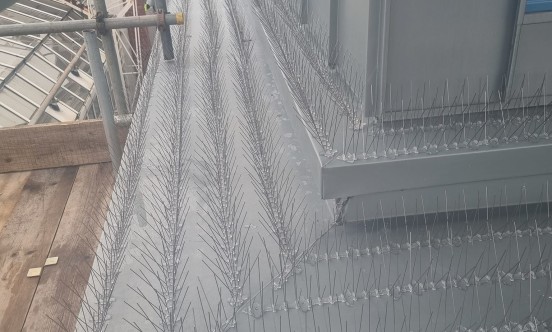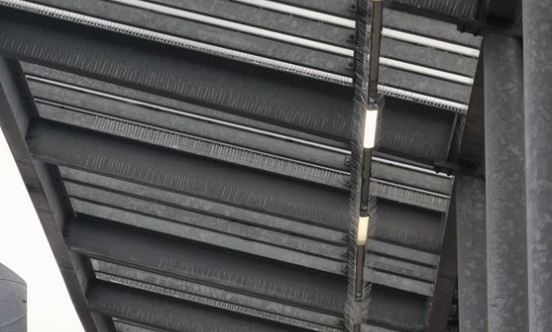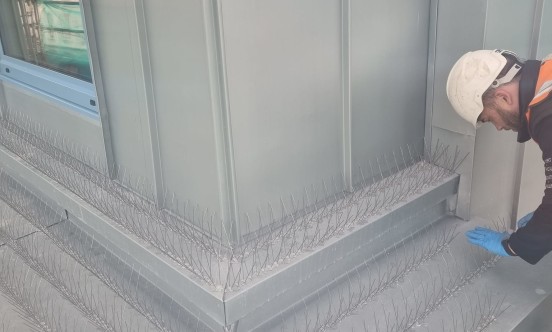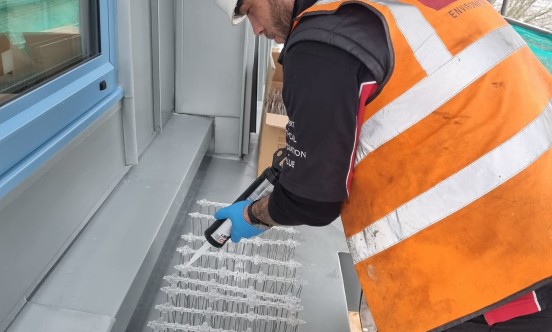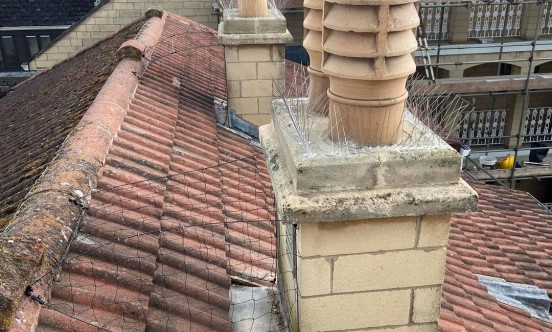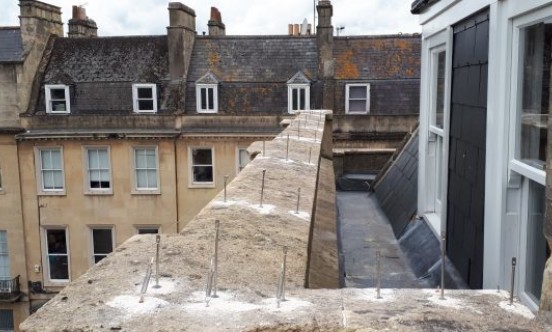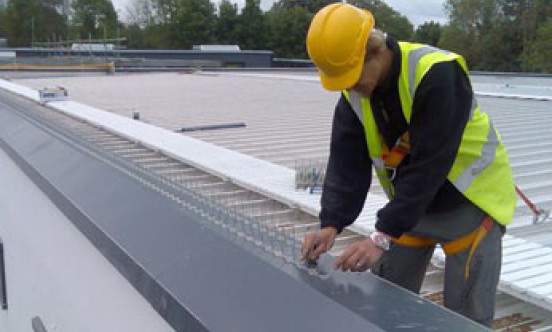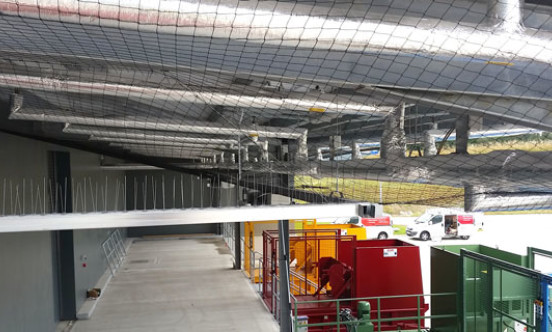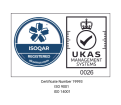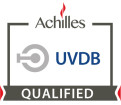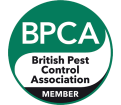
Call 0333 567 2020 for advice and quotes or contact us online

Pigeon Problem On Site At The Institute of Cancer Research
Gallery
Pigeons Nesting and Causing Mess
The Institute of Cancer Research is a public research institute and a member institution of the University of London.
There began an increasing and now established feral pigeon population across the institute evident by the high number of pigeons and the amount of excreta present in the CCDD building on floors, walls, and around the structure of the building. Pigeons have the 3 elements available on site which allows them to thrive: food, water and shelter.
This has created the following issues:
- Feral pigeons’ excreta across the institute which can pose a risk to human health and potentially lead to legal litigation.
- Feral pigeons’ excreta is creating a slip hazard risk, again, potentially leading to legal litigation.
- Feral pigeons’ excreta unsightly and smelly, particularly during the summer months.
- Feral pigeons also harbour numerous insects which over time invade buildings.
- Feral pigeons on site have an abundant food supply to support embryonic egg development, which in cities can be any time of the year.
- Substantial feral pigeon excreta (acidic matter) causing damage to the fabric of buildings which in turn, leads to higher cleaning and repair bills.
Our Solution
To address the issue which posed a health and safety risk to staff, clients, visitors and contractors and the risk of damage to the fabric of the buildings within the institute, the NBC team in London recommend proofing the affected areas to ensure immediate results, followed by a review of the current bird management program (third party company) to reduce levels of population as proofing alone will only deter the pigeons from these areas specifically.
Bird Proofing at the CCDD building
An anti-perch system that denies pigeons the opportunity to land and sit upon the building alighting onto the beams and ledges which will protect the building against damages and the occupants against the health risks associated with pigeons and their excreta.
Stainless-steel prong system (spikes): This system is a cost-effective option as installing it does not involve drilling into the building. The prongs were installed onto the ledges of the front of the CCDD building where pigeons are currently sitting (and consequently fouling on the walls/windows of the building) in order to stop them alighting. This method was applied from the 3rd floor down to the ground floor.
Sprung Wire System: The wire was installed onto the ledges of the front of the CCDD building where pigeons were sitting (and consequently fouling) in order to stop them alighting. It is however much less noticeable than the spike system therefore the aesthetics of the building were affected.
Bird proofing works were recommended for each individual area to ensure the population does not move around (displacement).
The site now benefits from;
- Reduced complaints from clients, staff, visitors, and contractors about feral pigeons’ excreta.
- Elimination of H&S risk and non-compliances.
- Elimination of the the risk of potential damages to the fabric and integrity of the buildings which in turn, leads to higher cleaning and repair bills due to the feral pigeons’ excreta (acidic matter).
Find out more about Pigeon Control and our Bird Proofing expertise.
